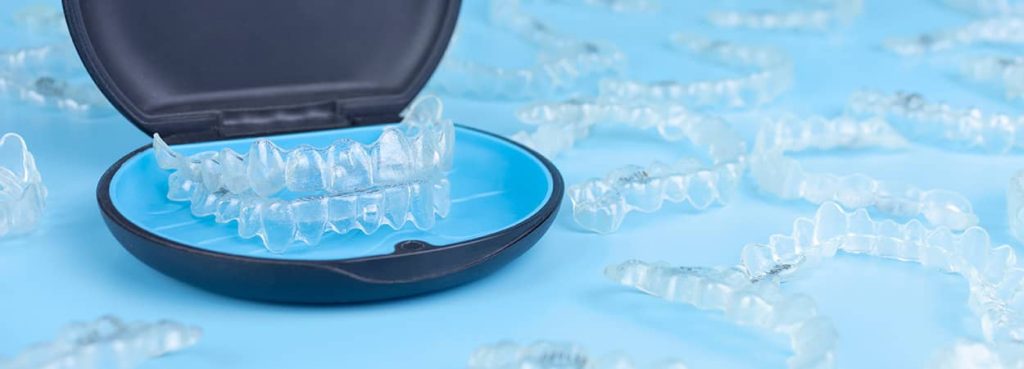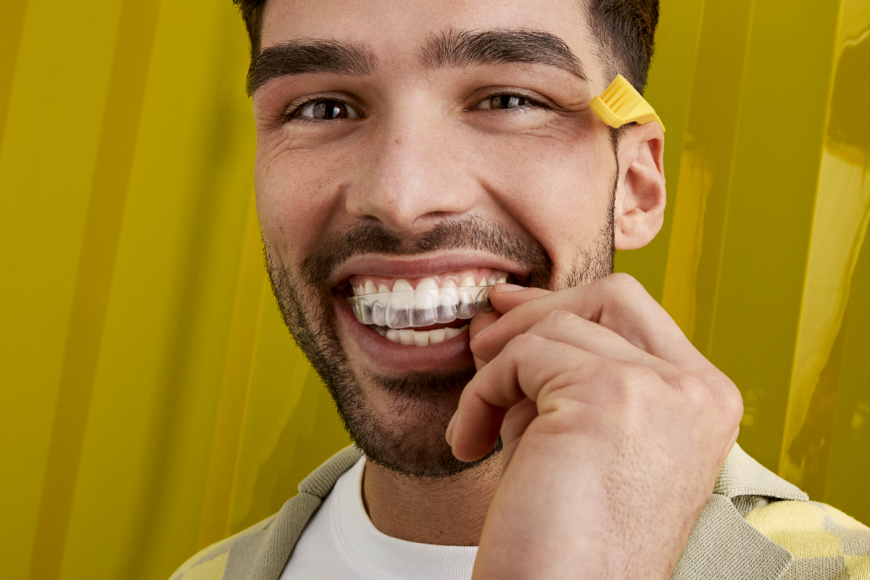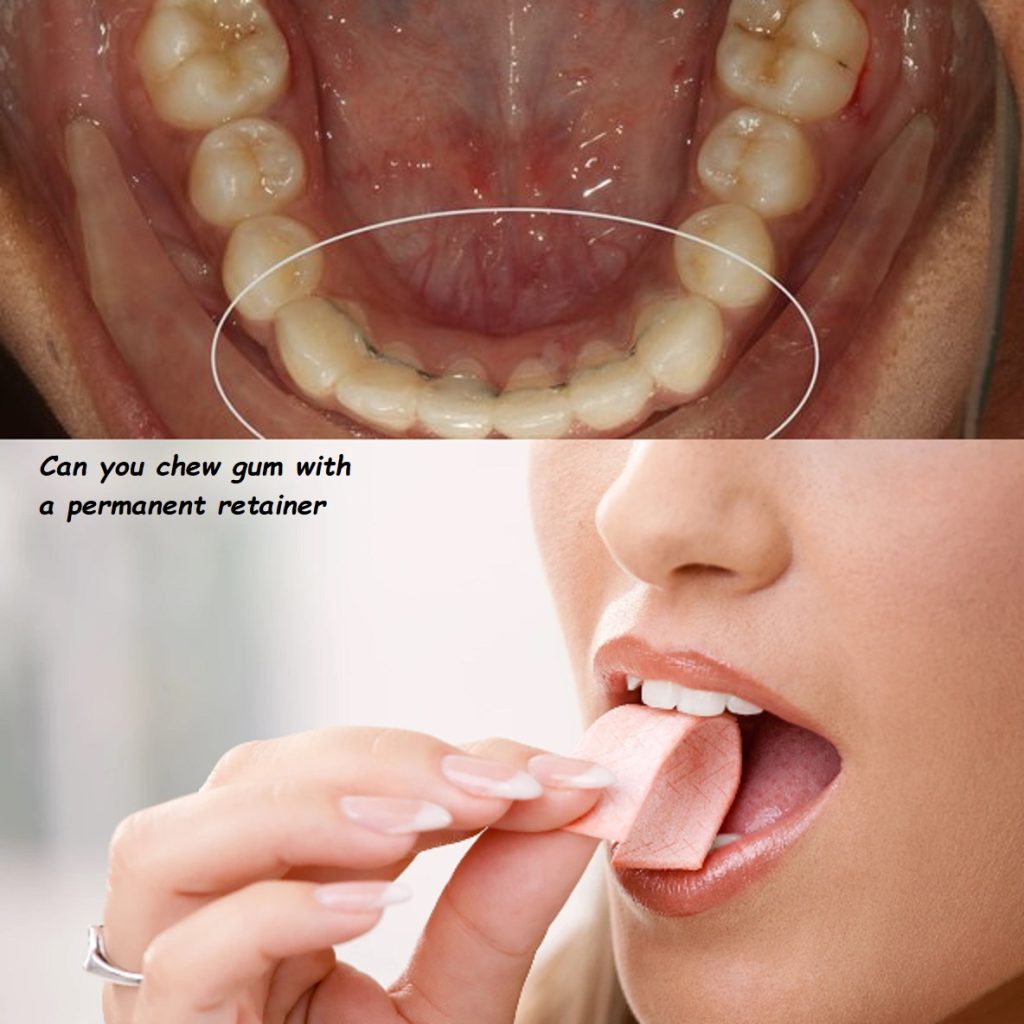Clear Aligners vs Braces: Pros and Cons – Which is Right for You?

When it comes to straightening teeth and correcting misalignment, two popular options dominate the field: clear aligners and traditional braces. Both treatments have their unique advantages and disadvantages, so it’s crucial to understand what each offers before making your decision.
This comprehensive guide will provide an in-depth comparison of clear aligners vs braces, covering aspects like appearance, comfort, effectiveness, cost, and maintenance. We will also touch on related topics such as clear aligners vs Invisalign, clear aligners teeth, and clear aligner therapy.
What Are Clear Aligners?
Clear aligners are a modern orthodontic treatment that uses a series of transparent, removable trays to shift teeth into their desired positions. Made from smooth, medical-grade plastic, clear aligners are custom-designed to fit snugly over your teeth. Popular brands include Invisalign, ClearCorrect, and at-home clear aligners like SmileDirectClub.
Clear aligners have become an attractive alternative to braces due to their discreet appearance and convenience. They are designed to gradually move teeth without the need for metal wires and brackets.
What Are Traditional Braces?
Traditional braces consist of metal brackets that are affixed to each tooth, connected by wires and elastics. Over time, the wires are tightened to shift the teeth into alignment. Braces can also come in ceramic and lingual versions (braces that are placed behind the teeth), offering more aesthetic options.
Braces are a tried-and-true method for treating more severe orthodontic issues and can address complex cases where aligners may not be effective.
Clear Aligners vs Braces: Pros and Cons
Let’s dive into the key differences between clear aligners and braces to help you determine which option might be the best for your specific dental needs.
1. Appearance
Clear Aligners:
- Pro: One of the biggest advantages of clear aligners is that they are virtually invisible. Made of transparent plastic, they are discreet, allowing wearers to straighten their teeth without drawing attention.
- Con: Although clear aligners are subtle, they may still be slightly visible under certain lighting conditions or close scrutiny.
Braces:
- Pro: Modern braces come in different materials, including ceramic and lingual braces (behind the teeth), which are less noticeable than traditional metal braces.
- Con: Standard metal braces are more visible due to their brackets and wires, which may make some patients self-conscious, especially adults.
Verdict: If appearance is your top priority, clear aligners are generally the better choice. However, ceramic or lingual braces offer aesthetic improvements over traditional braces.
2. Comfort
Clear Aligners:
- Pro: Clear aligners are made from smooth plastic, making them far more comfortable to wear than braces. There are no wires or brackets that can irritate your gums or cheeks.
- Con: You may experience some initial discomfort when switching to a new set of aligners as your teeth adjust, but this is usually mild and temporary.
Braces:
- Pro: Braces can be effective for moving teeth faster in some cases, but they can cause irritation in the mouth, especially after adjustments.
- Con: Metal wires and brackets can cause discomfort, rubbing against the gums and inner cheeks. Braces may also lead to sores or mouth ulcers for some patients.
Verdict: For comfort, clear aligners typically win due to their smoother texture and lack of hardware. However, some patients get used to braces over time.
3. Effectiveness
Clear Aligners:
- Pro: Clear aligners are highly effective for treating mild to moderate orthodontic issues such as crowding, spacing, and some bite problems.
- Con: Aligners may not be suitable for severe cases like large gaps, complex malocclusions, or rotated teeth. In such cases, braces might be more effective.
Braces:
- Pro: Traditional braces can handle more complex dental issues, including severe misalignment, bite problems, and rotated or twisted teeth. Braces can also move teeth in multiple directions simultaneously, making them versatile.
- Con: The fixed nature of braces requires a longer treatment period and more frequent adjustments.
Verdict: Braces are generally more effective for complex orthodontic problems, while clear aligners are ideal for less severe cases.
4. Removability and Convenience
Clear Aligners:
- Pro: Clear aligners are removable, allowing you to take them out while eating, drinking, and brushing your teeth. This gives you greater flexibility and makes oral hygiene easier.
- Con: The effectiveness of aligners depends on wearing them for 20-22 hours per day. Forgetting to wear them can delay your treatment.
Braces:
- Pro: Braces are fixed in place, so there’s no risk of forgetting to wear them. Once they’re on, they work continuously.
- Con: Since braces are not removable, eating certain foods (like sticky or hard foods) can be challenging. Oral hygiene is also more difficult because you need to clean around the brackets and wires.
Verdict: If convenience and flexibility are important to you, clear aligners are a better choice. However, if you need an option where compliance isn’t an issue, braces may be more effective.
5. Maintenance and Cleaning
Clear Aligners:
- Pro: Aligners can be removed, making it easy to maintain your regular oral hygiene routine (brushing and flossing). Cleaning the aligners themselves is simple and only requires a gentle brush and warm water or Invisalign cleaning crystals.
- Con: Failing to clean your aligners regularly can lead to discoloration or bad breath. Additionally, aligners can be lost if not stored properly.
Braces:
- Pro: You don’t need to worry about misplacing braces, but maintaining oral hygiene is more challenging due to the hardware. Special tools like interdental brushes and water flossers may be required to keep your teeth and gums clean.
- Con: Food can easily get stuck in the brackets and wires, increasing the risk of cavities and gum disease if not properly cleaned.
Verdict: Clear aligners are much easier to maintain than braces, though both require good oral hygiene to prevent issues during treatment.
6. Dietary Restrictions
Clear Aligners:
- Pro: Since aligners are removable, you can eat and drink whatever you want. Just be sure to take them out before meals to avoid damaging or staining them.
- Con: You must remove your aligners before eating or drinking anything other than water, and it’s important to brush your teeth before putting them back in.
Braces:
- Pro: With braces, you don’t have to remove anything before meals, but you will need to be cautious about certain foods.
- Con: Sticky, chewy, or hard foods like gum, popcorn, and nuts can damage braces or become stuck in the brackets, requiring careful attention to your diet.
Verdict: For those who prefer unrestricted eating, clear aligners are the clear winner.
7. Cost
Clear Aligners:
- Pro: The cost of clear aligners varies but is generally comparable to braces for mild to moderate cases. The price typically ranges from $3,000 to $7,000.
- Con: For more severe cases, aligners may become more expensive due to the longer treatment time and increased number of aligners required.
Braces:
- Pro: Braces typically cost between $2,500 and $7,500, depending on the complexity of the case and the type of braces (metal, ceramic, or lingual).
- Con: Ceramic and lingual braces are often more expensive than metal braces, sometimes costing upwards of $8,000.
Verdict: Both options can be costly, and the price varies based on individual needs. Be sure to consult with your orthodontist for an accurate estimate of your treatment cost.
Clear Aligners vs Invisalign: What’s the Difference?
Invisalign is a specific brand of clear aligners, and while it’s one of the most popular, other brands like ClearCorrect and SmileDirectClub also offer similar treatments. Invisalign is generally more expensive but offers more complex treatment options with regular orthodontist oversight, whereas at-home clear aligners may be cheaper but only suitable for minor adjustments.
Clear Aligners vs Braces: The Final Verdict
The choice between clear aligners and braces ultimately depends on your specific orthodontic needs, lifestyle, and personal preferences.
- If you have a mild to moderate case and want a nearly invisible, comfortable option, clear aligners are the way to go.
- If your dental issues are more complex and require precise, multi-directional movement, braces may be a better fit.
Both treatments are effective and have helped millions achieve a straighter smile, so consult with your orthodontist to find the best option for your unique situation.
Related Resources:
- How Do Clear Aligners Work? A Detailed Breakdown
- Clear Aligners vs Invisalign: Which Is Right for You?
- How to Clean My Invisalign Aligners: Best Practices
Authentic References:
- American Association of Orthodontists, “Braces vs Aligners: Pros and Cons,” AAO
- Invisalign, “How Invisalign Works,” Invisalign
- American Dental Association, “Orthodontics Treatment Options,” ADA










0 Comments on “Clear Aligners vs Braces: Pros and Cons – Which is Right for You?”